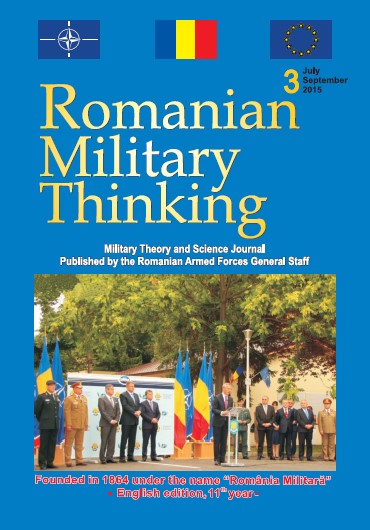INTEROPERABILITY– THE KEY TO SUCCESS IN ACHIEVING NATO’S GOALS-
INTEROPERABILITY– THE KEY TO SUCCESS IN ACHIEVING NATO’S GOALS-
Author(s): Olivian StănicăSubject(s): International relations/trade, Security and defense, Military policy, Peace and Conflict Studies
Published by: Centrul tehnic-editorial al armatei
Keywords: interoperability; education; training; military cooperation; standardisation; capabilities;
Summary/Abstract: NATO has been striving to allow its forces to work together since its establishment in 1949. The Alliance nations have been exercising together since 1951. Throughout this period our understanding of interoperability and its importance to the future of NATO has increased in direct proportion to the growth of the Alliance and in particular to NATO’s commitment to out-of-area operations since the early 1990s. Though routinely used as a term to describe an aspirational utopia across the military spectrum, the specifics of interoperability are complex and hard to define. They are highly situation-dependent, and often associated with terms such as standardisation, integration, interchangeability, cooperation and synergy. In military terms, interoperability is commonly considered at strategic, operational, tactical and technological level. In its broadest sense interoperability is the degree to which organisations, individuals, or systems are able to operate together to achieve a common goal.
Journal: Romanian Military Thinking
- Issue Year: 2015
- Issue No: 3
- Page Range: 49-63
- Page Count: 15
- Language: English

